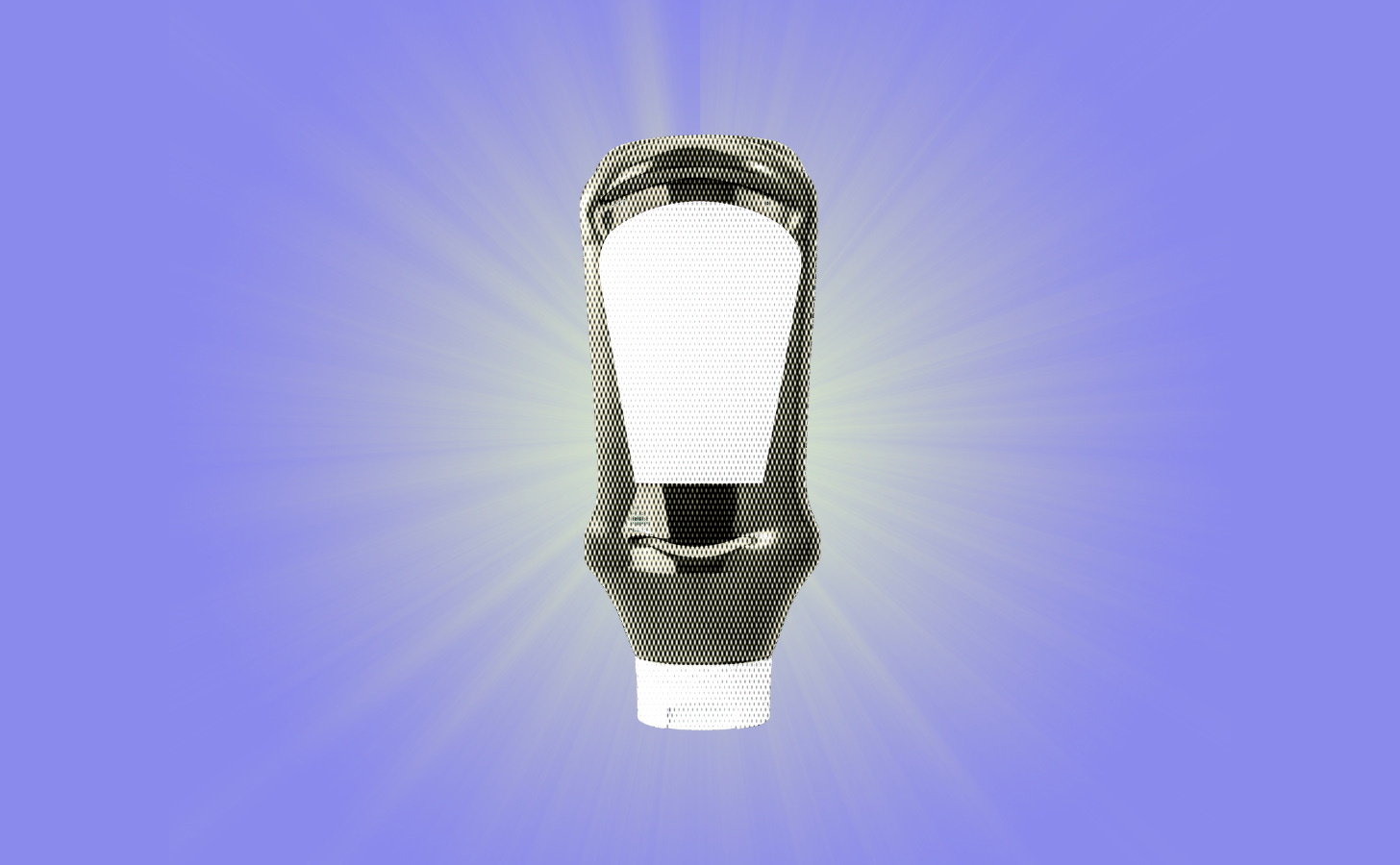Boredom is the secret sauce
It's hard to trust your own voice when your head is full of someone else's.
You’re reading Creativity Under Capitalism, a free biweekly newsletter about reclaiming and sustaining creative joy under tricky socioeconomic circumstances. I’m Adrianna, a journalist and creative writer based in Phoenix, AZ.
If you’re just getting settled in, check out previous issues of Creativity Under Capitalism—and if you like what you see, consider leaving a comment or buying me a coffee to make my day!
If you’ve hit a roadblock on your current project—or you can’t figure out which project you should start next—do you know what you should do about it?
Absolutely nothing. Intentional nothing, that is.
For much of this year, when I struggled to balance too much writing-for-pay (a blessing and a curse) with not enough writing-for-fun (my raison d’être), I realized that it wasn’t always being busy that kept me feeling stressed 24/7. It was having too few opportunities for boredom. When I wasn’t working one gig, I was working another; when I wasn’t working at all, I was exercising or meal planning or handling my fair share of housework or scheduling my cats’ vet appointment or attending said appointment or trying to make time for my friends; when I wasn’t doing any of those things, I was mentally preparing myself for work again. Not only did I have very few chances to slow down and catch my breath, but I almost never had the opportunity to think of nothing at all.
And when I did come across such an occasion? I filled the mental silence with someone else’s thoughts, as so many of us are used to doing nowadays.
Much ink has been spilled already on how uncomfortable humans are with boredom and how easily modern technology fills the gap, helping us to avoid ever feeling bored at all. There’s the famous experiment in which adults were asked to sit in a quiet room with no entertainment, alone except for a button that would deliver an electric shock when pushed; bored out of their minds, anywhere from 25% of participants (women) to 67% (men) chose to shock themselves just to experience something. There’s the occasional study suggesting that, when we don’t feel stimulated enough, we “phub,” or snub our environment in favor of looking at our phones. And we know that the people who make our mobile devices—and the apps on them—pay obscene amounts of money to ensure they steal as much of our attention as possible. The UX engineers they hire are the best of the best at making us feel like we need to keep scrolling for “just another minute.”
Who could be bored under such circumstances?
But for all this talk about how we use technology to avoid boredom, many of us continue to struggle with believing our own company is enough. We delete one addictive app but keep another installed, insisting that it’s necessary for whatever reason. We listen to podcasts while we fold laundry. We check our email while we wait in line at the grocery store.
What is it that makes boredom so repulsive, even when we know constant entertainment isn’t good for us?
Arthur Brooks, head of the Leadership & Happiness Laboratory at Harvard University’s Center for Public Leadership, hypothesizes that boredom is inherently uncomfortable because it forces us to consider deep and complicated topics: what gives our lives meaning, what makes us happy or unhappy, and so on.
As he puts it in this YouTube video for Harvard Business Review, a lack of active cognitive engagement switches on the brain’s “default mode network,” a set of neural structures that activate when you’re not thinking about any particular thing. When the default mode network is on, the brain is free to wander, often settling on the matters that tug at the back of your head. Am I truly happy in my relationship? How might I want to build a career? What kind of art lights a fire within me, and how do I make some?
That these thoughts are challenging needs no explanation, and it’s easy to sympathize with anyone who’d rather look at a stupid Reel than engage with their life’s messy inner structure. But avoiding the default mode network has consequences, both for our overall mental wellbeing and for our creativity.
“One of the reasons we have such an explosion of depression and anxiety in our society today is because people don’t know the meaning of their lives, much less than in previous generations. Tons of data show this, and furthermore, we’re not even looking,” Brooks says. “We’ve figured out a way to eliminate boredom. We’ve been able, almost completely, to shut off the default mode network…The answer is that thing in your pocket with the screen, which you take out even when you’re standing on the street corner, waiting for the light to change.
“That’s a doom loop of meaning. That’s the recipe for…a sense of hollowness.”
Hearing Brooks’ perspective, it makes perfect sense that by avoiding boredom, we deny ourselves the opportunity to understand ourselves—and, therefore, our art. How can we parse the themes that matter to us when we ignore those themes wholesale? How can we know what chords to strike when we refuse to listen to the music?
But there’s more.
In researching this topic, I came across an early episode of the design podcast Woodworking Is Bullsh*t. During the first two minutes of the episode (called “Does Boredom Drive Creativity?”), co-host, sculptor, and woodworker Erik Curtis lights a firecracker: “I think giving yourself the ability to kind of block out other voices as you’re kind of honing in on your own is a necessary thing for development.”
I paused in front of my fridge as I heard this, having violated the central rule of my own newsletter post by listening to the episode as I did chores. I’d never heard the constant need for entertainment described in this way before. I’d never considered that every time I leaned on social media, YouTube, music, or, yes, even podcasts to avoid activating the default mode network, I wasn’t just filling a silence—I was replacing my own thoughts with someone else’s during some of my best opportunities to think.
And it makes sense. Any time my social media use goes up, my confidence and sense of self-efficacy goes down. It’s not just because I’m jealous about someone else’s fancy house or comparing my relatively quiet career with an acquaintance’s flashy one. It’s because my brain has been stuffed with other people’s ideas, problems, values, and priorities. There’s little room for me to be solid in what I want and don’t want. All I’ve seen is what other people care about.
Because I’m certain someone will try to get me on a technicality here, I’m not saying it’s always toxic to seek out other people’s perspectives or ideas. Doing so upholds a fundamental pillar of community—when it’s done correctly. It’s one thing to attend a Zoom salon, ask your grandma for life advice, read a book you never thought you’d pick up, or meet a bunch of your friend’s friends at a party. It’s another to teeter on the edge of self-exploration and choose other people’s journeys nearly every time.
And we’d better choose self-exploration when and where we can.
“I think it’s pretty clear that we live now in a society that actively tries to avoid us being bored,” Curtis continues in episode 5 of Woodworking Is Bullsh*t. “Because when we’re bored, we’re not making people money, right?”
It all goes back to what I mentioned earlier, about how some of the most influential people on the planet want us to be as occupied as possible. The busier we are, the more we seek solutions: packaged foods, desk treadmills, daycare centers (of the child and dog varieties), and the fleeting thrill of a new package at our doorstep, purchased when we had insufficient time to create joy in any other form. If we had free time, we might actually spend time with our families, or cook our own meals, or take public transit, or hike a mountain, or organize our neighborhoods and workplaces. We might find ways to lean more on our communities than on convenience.
So, while we can’t exactly blame ourselves for having limited time during which to be bored, we can practice accepting boredom during the small windows of time that are afforded to us. We can be more mindful of when and how we look for entertainment. Are we genuinely interested in this YouTube video’s subject matter, or are we just used to watching something while we scarf down lunch? Does this podcast actually have us locked in, or are we just bored whenever we walk the dog?
Maybe we won’t have a life-changing revelation every time we wash the dishes in silence, but we’ll at least know more about ourselves.
What’s been inspiring me lately:
✰ A beautiful art show I attended with a friend last month. Each summer, Phoenix architectural photographer Andrew Pielage hosts “Monsoon Show,” where he displays other photographer’s stunning monsoon shots at the art gallery he attached to his home. He also plays professionally-shot monsoon time-lapses on a projector in his backyard, where attendees can sit on the artificial turf with a cup of donated local beer. Seeing so many people delight in one of our region’s most captivating weather phenomena made me feel all warm and fuzzy inside. If you’re local, get a $5 ticket for closing night—you won’t want to miss it!
✰ The season finale of Murderbot (on Apple TV). Whew, I wanted to cry! If you watch this show, please message me so we can gab about it.
✰ Rebecca Solnit’s A Paradise Built in Hell: The Extraordinary Communities That Arise in Disaster. This is a relatively dry text, but it goes a long way in the “restoring faith in humanity” department.
✰ Endurance, NASA astronaut Scott Kelly’s extensive memoir about what it was like to spend a year on the International Space Station. I listened to the audiobook, which was narrated by Kelly himself and taught me a lot of cool stuff I’ll undoubtedly use as I dip my toes into writing near-term sci-fi.
✰ Milk Blood Heat, Dantiel W. Moniz’s debut story collection. I loved the interiority demonstrated in each of these juicy stories.
✰ The Best Short Stories 2025, an annual anthology of O. Henry Prize-winning stories. I adored last year’s collection, and I’m stoked to have found so far that this one’s just as good! (The Best Short Stories is far better than the US-centric The Best American Short Stories anthology, IMO.)






I’m glad you found the space to be able to write and post this week 🩷 I love this article. I remember when I was in therapy in college and my therapist recommended that I go on walks without my headphones in. It seemed CRAZY at the time but a little bit of boredom and time with your own thoughts does wonders.